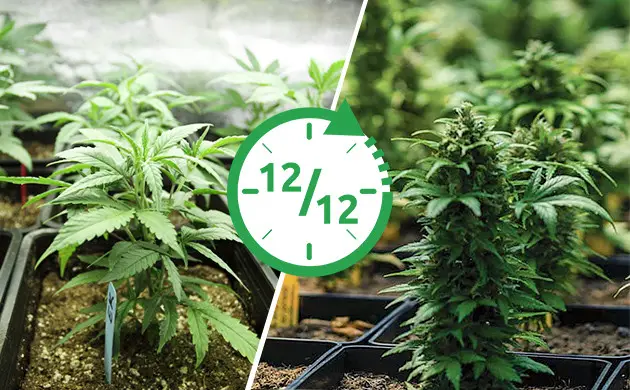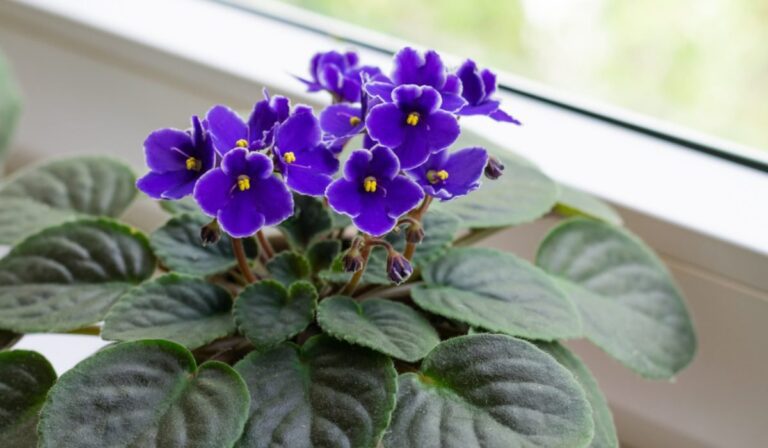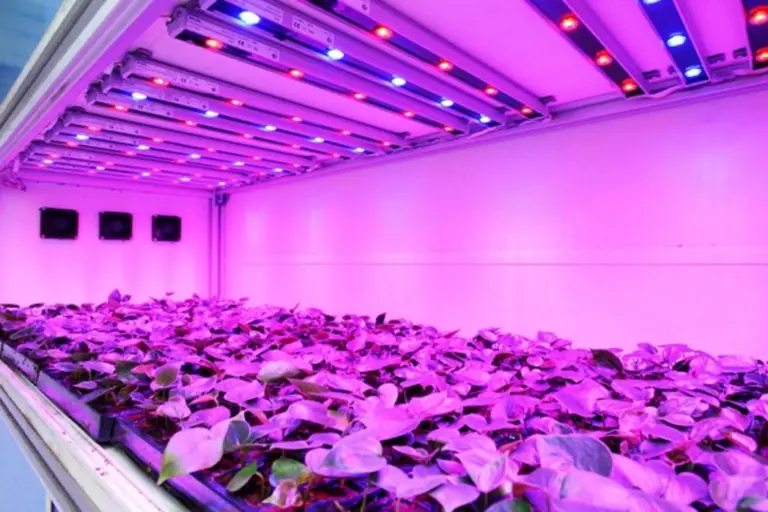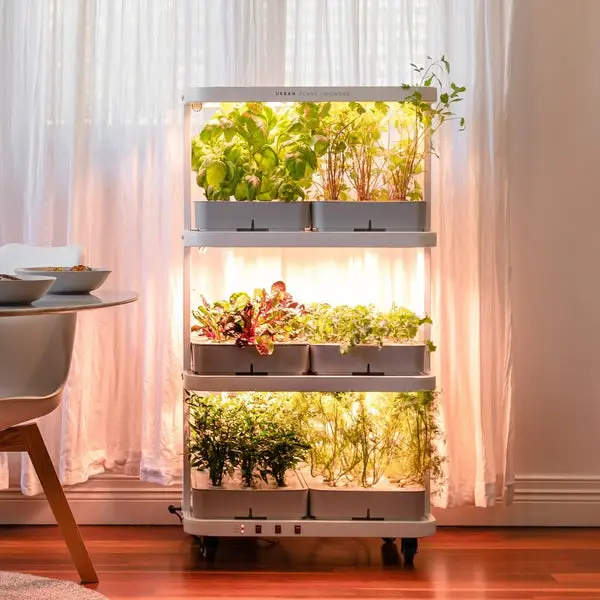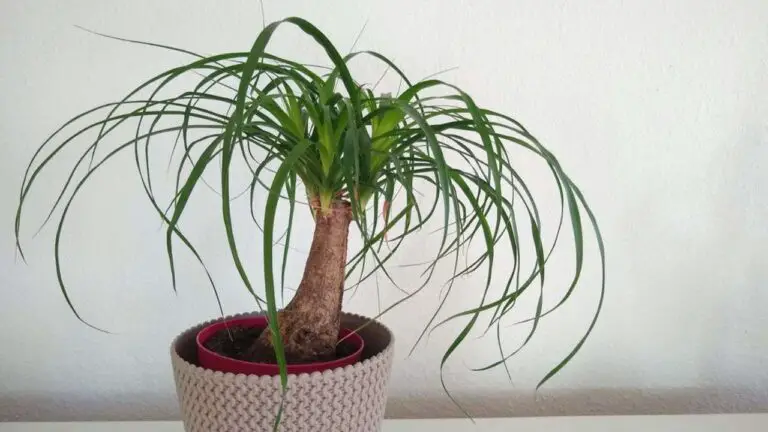Succulent Encyclopedia: 57 Types Explore the Perfect Diversity of Lush Varieties!
Table of Contents
Aloe Vera is the best Succulent Encyclopedia
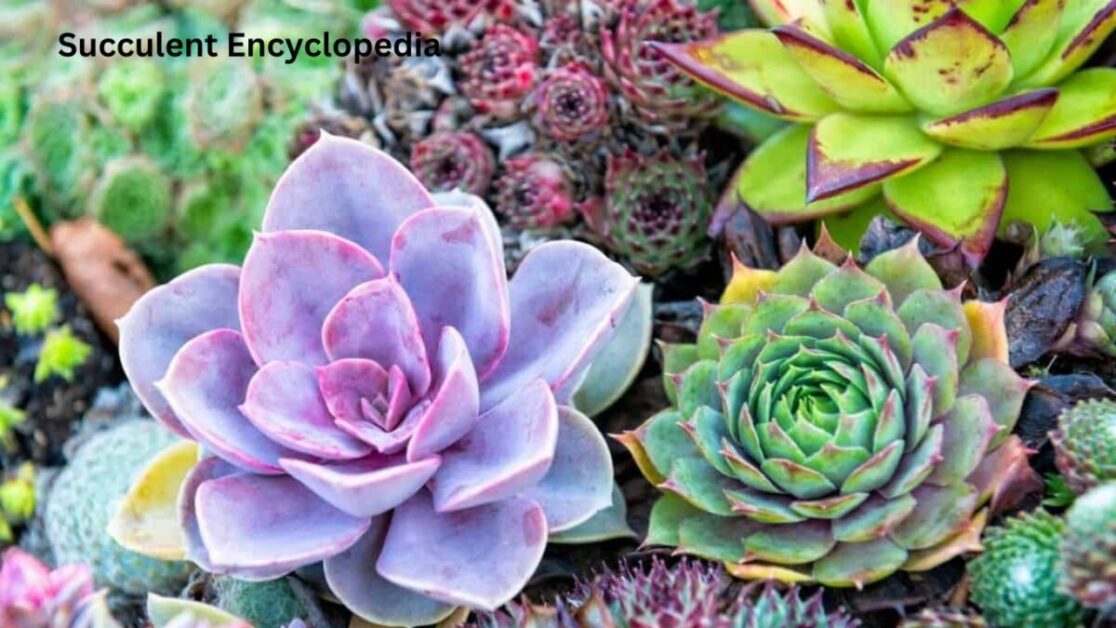
Succulent Encyclopedia: Aloe Vera is a versatile plant known for its numerous therapeutic properties. With its spiky, Succulent Encyclopedia leaves filled with a healing gel rich in antioxidants, enzymes, vitamins, and minerals, Aloe Vera has been used for centuries in various cultures for medicinal purposes. This plant is widely recognized for its ability to soothe skin irritations, burns, and wounds, promoting faster healing and providing a cooling effect.
In addition to its topical applications, Aloe Vera can also be consumed in the form of a juice or supplement for internal health benefits. Studies have shown that Aloe Vera may help support digestion, boost the immune system, and potentially aid in managing blood sugar levels. Incorporating this plant into your lifestyle can offer a natural remedy for a range of health concerns, making it a valuable addition to any home garden.
Echeveria
Echeveria, a genus of flowering Succulent Encyclopedia plants native to semi-desert regions of Central America, is renowned for its striking rosette-shaped foliage and vibrant hues that range from pinks and purples to silvers and greens. With over 150 different species, Echeverias come in a diverse array of shapes and sizes, making them a beloved choice for both indoor and outdoor gardens. These hardy plants are known for their ability to thrive in arid conditions, requiring minimal water and maintenance. Echeverias are excellent choices for beginners due to their resilience and adaptability to various climates, making them a popular choice for xeriscaping projects and drought-tolerant landscapes.
The propagation of Echeverias is relatively straightforward, with many species readily producing offsets or “pups” that can be separated and planted to create new plants. These Succulent Encyclopedia prefer well-draining soil and bright, indirect sunlight to thrive and avoid issues such as root rot. Echeverias are versatile plants that can be grown in containers, rock gardens, or as ground cover, adding ornamental value to any garden space. Their distinctive appearance and low maintenance requirements make Echeverias a favorite among Succulent Encyclopedia enthusiasts and gardeners looking to add a touch of exotic charm to their botanical collections.
Sedum
Sedum, a popular Succulent Encyclopedia known for its low maintenance and striking appearance, is a versatile plant that thrives in various climates and conditions. With over 400 different species, Sedum offers a wide range of shapes, sizes, and colors, making it a favorite among gardeners and plant enthusiasts alike. Whether used as ground cover, in rock gardens, or as potted plants, Sedum adds a unique and attractive element to any outdoor space.
Known for its tolerance to drought and poor soil conditions, Sedum is a hardy plant that requires minimal care and attention. Its fleshy leaves and sturdy stems store water efficiently, allowing it to survive in dry environments with ease. Additionally, Sedum’s ability to attract pollinators such as bees and butterflies makes it a valuable addition to any garden ecosystem, promoting biodiversity and sustainability.
Haworthia
Haworthia plants are popular Succulent Encyclopedia known for their rosette-like structure and interesting leaf patterns. These small, low-growing plants are native to Southern Africa and are often found in arid regions. Haworthias are adaptable and can thrive indoors or outdoors with the right care. They prefer bright, indirect light and well-draining soil to prevent root rot.
Propagation of Haworthias is relatively simple and can be done through offsets or leaf cuttings. These plants are slow-growing and low-maintenance, making them perfect for beginner gardeners or Succulent Encyclopedia enthusiasts. With their unique appearance and easy care requirements, it’s no wonder that Haworthias have become a favorite choice for adding a touch of green to any space.
Jade Plant
Jade Plant, scientifically known as Crassula ovata, is a Succulent Encyclopedia that originates from South Africa. Its oval-shaped, glossy green leaves give it a unique and appealing appearance, making it a popular choice among indoor plant enthusiasts. The plant is known for its resilience and ability to thrive in dry conditions, making it low-maintenance and ideal for beginners.
One of the fascinating characteristics of the Jade Plant is its symbolism of luck and prosperity in many cultures. It is believed to bring good fortune and positive energy into the home, making it a common choice for gifts and decorations. With proper care, this plant can grow into a small tree-like structure, adding a touch of elegance to any living space.
Agave
Agave plants are a diverse group of Succulent Encyclopedia known for their striking architectural shapes and low maintenance requirements. These plants belong to the Agavoideae subfamily and are native to the Americas, primarily Mexico and the southwestern United States. With over 200 species, Agave plants come in various sizes, colors, and leaf shapes, making them a popular choice for both indoor and outdoor gardens.
One distinctive feature of Agave plants is their ability to store water in their thick, fleshy leaves, allowing them to withstand drought conditions. This adaptation makes Agave plants ideal for arid environments and xeriscaping projects. In addition to their resilience, Agaves produce stunning flower stalks that can reach impressive heights, adding a dramatic flair to any garden landscape.
Kalanchoe
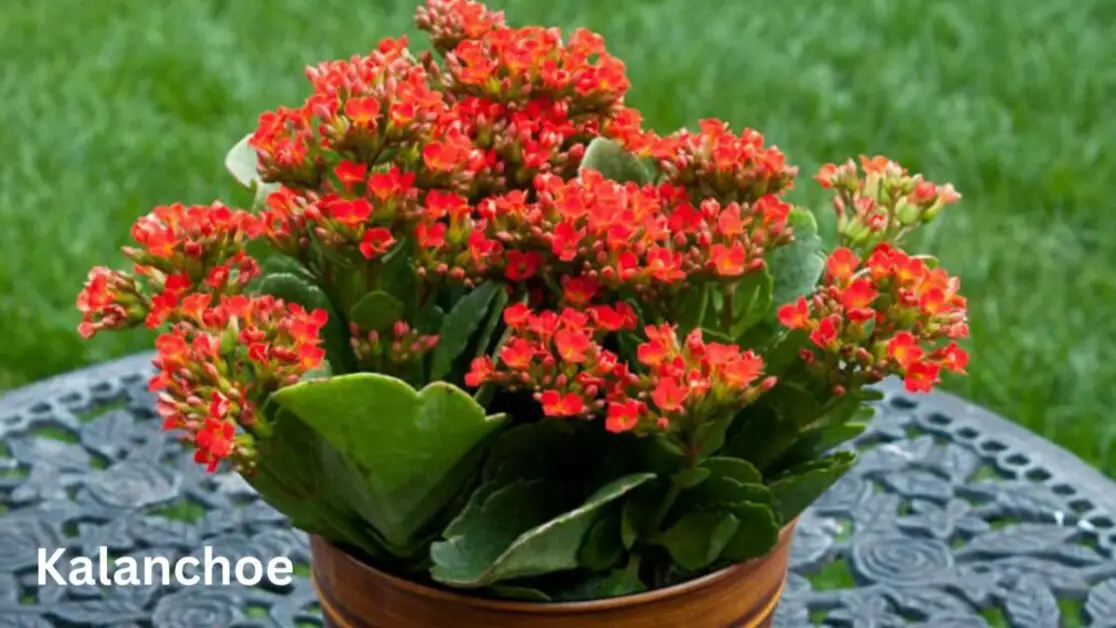
Kalanchoe is a popular choice among indoor plant enthusiasts for its vibrant and long-lasting flowers. This Succulent Encyclopedia plant belongs to the Crassulaceae family and is native to Madagascar and tropical Africa. Kalanchoe comes in a variety of colors, including shades of pink, orange, yellow, and red, adding a splash of brightness to any space. Known for its low-maintenance requirements, Kalanchoe thrives in well-draining soil and bright, indirect light. With proper care, Kalanchoe can bloom for several weeks, making it a delightful addition to any home or office setting.
In addition to its ornamental value, Kalanchoe has been studied for its potential medicinal properties. Research suggests that Kalanchoe may possess anti-inflammatory, antimicrobial, and antioxidant properties, making it a valuable plant for both health and aesthetics. Some varieties of Kalanchoe have even been used in traditional medicine practices for their healing properties. Whether enjoyed for its beauty or potential health benefits, Kalanchoe remains a versatile and appealing choice for plant enthusiasts of all levels.
Sempervivum
Sempervivum, commonly known as “hens and chicks,” is a fascinating genus of Succulent Encyclopedia plants that belongs to the Crassulaceae family. These hardy plants are characterized by their rosette formations, featuring densely packed, fleshy leaves. Sempervivum comes in a variety of colors, ranging from green to red, and some even exhibit beautiful patterns or textures on their leaves. Their unique growth habits make them popular choices for rock gardens, container gardens, or xeriscaping due to their drought tolerance and low maintenance requirements.
In addition to their aesthetic appeal, Sempervivum plants have interesting reproductive strategies. They reproduce by producing offsets, or ‘chicks,’ around the mature ‘hen’ plant. These offsets can be easily separated and replanted to grow into new plants, allowing for easy propagation. Sempervivum is also known for its resilience in harsh conditions, surviving in cold climates and poor soil, making them ideal choices for beginners or those looking to add a touch of beauty to challenging growing environments.
Crassula
Crassula, commonly known as the “Jade Plant,” is a popular Succulent Encyclopedia prized for its vibrant green leaves and easy care requirements. This resilient plant thrives in bright, indirect light and well-draining soil, making it an ideal choice for both indoor and outdoor gardens. With its thick, fleshy leaves and sturdy stems, Crassula can withstand periods of neglect and drought, making it a low-maintenance addition to any plant collection.
One of the fascinating features of Crassula is its ability to propagate easily from leaf or stem cuttings, allowing gardeners to expand their Jade Plant collection with minimal effort. This Succulent Encyclopedia also offers a variety of cultivars, ranging from the classic Crassula ovata with its iconic round leaves to the more intricate Crassula perforata with elongated, stacked foliage. Whether displayed in a pot or planted in a Succulent Encyclopedia garden, Crassula adds a touch of natural beauty and tranquility to any space.
Hens and Chicks
Hens and Chicks plants, also known as Sempervivum, are charming Succulent Encyclopedia that belong to the Crassulaceae family. These resilient plants are favored for their rosette-shaped clusters that produce “chicks” or offsets around the central “hen” plant. Hens and Chicks are drought-tolerant and require minimal maintenance, making them ideal for both indoor and outdoor settings. Their unique appearance and ability to thrive in various climates have made them a popular choice for gardeners and succulent enthusiasts alike.
The compact nature of Hens and Chicks plants makes them perfect for rock gardens, containers, or even as ground cover. Their leaves come in a range of colors, from green to red or purple, adding a vibrant touch to any garden. With proper care, these hardy Succulent Encyclopedia can thrive for many years, rewarding gardeners with their resilience and beauty. Whether you’re a beginner or a seasoned gardener, Hens and Chicks are a delightful addition to any plant collection, bringing a touch of nature’s wonder to your space.
String of Pearls
String of Pearls is a charming succulent plant known for its unique trailing stems that resemble strings of round, bead-like leaves. This Succulent Encyclopedia: scientifically named Senecio rowleyanus, hails from South Africa and belongs to the Asteraceae family. It thrives in bright indirect sunlight and requires well-draining soil to prevent root rot. String of Pearls is an excellent choice for hanging baskets or cascading over container edges, adding a touch of whimsy to any indoor or outdoor space.
The Succulent Encyclopedia growing popularity is attributed to its low maintenance requirements and striking appearance. String of Pearls is a drought-tolerant plant that stores water in its round leaves, making it ideal for busy individuals or those new to gardening. With proper care, this charming Succulent Encyclopedia can flourish and propagate easily, creating a lush green display of cascading pearls in your living environment.
Gasteria
Succulent Encyclopedia: Gasteria, a genus of Succulent Encyclopedia plants native to South Africa, is widely cherished for its striking appearance and ease of care. These hardy plants are well-suited for both indoor and outdoor settings, making them a versatile choice for plant enthusiasts of all levels. With their distinctive rosette shapes and attractive spiky leaves, Gasteria adds a touch of natural elegance to any space.
One of the key features of Gasteria that makes them popular among gardeners is their ability to thrive in low-light conditions. This characteristic makes them ideal for indoor settings with limited sunlight exposure, such as offices or apartments. Additionally, Gasteria plants are known for their drought tolerance, requiring minimal watering and care to flourish. Their ability to store water in their fleshy leaves enables them to withstand periods of neglect, making them a resilient choice for busy plant owners.
Aeonium
Aeoniums, often celebrated for their captivating rosette shapes and vibrant foliage, are a genus within the Crassulaceae family. These Succulent Encyclopedia are native to the Canary Islands, Madeira, and North Africa, thriving in arid climates. Aeoniums are recognized for their striking architectural appeal and are commonly cultivated both indoors and outdoors.
Key Features:
- Rosette Formation: Aeoniums typically form rosettes of fleshy leaves, which vary in color, texture, and size depending on the species and cultivar.
- Diverse Varieties: With over 35 species and numerous hybrids, Aeoniums showcase a wide range of forms, from compact, low-growing varieties to taller, branching specimens.
- Seasonal Changes: Some species of Aeoniums undergo dramatic color changes throughout the year, with foliage intensifying in hues of red, purple, green, or variegated patterns in response to sunlight and temperature fluctuations.
- Flowering: While Aeoniums are primarily grown for their foliage, many species produce small, star-shaped flowers in clusters atop tall stalks during the spring and summer months.
Cultivation Tips:
- Light: Aeoniums thrive in bright, indirect light. Place them near a sunny window or in a location with partial shade, especially in regions with intense sunlight.
- Soil: Well-draining soil mixtures, such as those formulated for cacti and Succulent Encyclopedia, are ideal for Aeoniums. Ensure pots have drainage holes to prevent waterlogging.
- Watering: Allow the soil to dry out between waterings, as overwatering can lead to root rot. Water sparingly during the dormant season, typically in winter.
- Temperature: Aeoniums prefer moderate temperatures ranging from 60°F to 80°F (15°C to 27°C). Protect them from frost and extreme heat, as prolonged exposure can damage foliage.
- Propagation: Propagate Aeoniums from stem cuttings or offsets, which can be rooted in well-draining soil or water. Allow cuttings to callus for a few days before planting to reduce the risk of rot.
Whether adorning rock gardens, containers, or indoor displays, Aeoniums enchant with their captivating forms and ever-changing colors, making them a delightful addition to any succulent collection.
Aeonium plants are known for their striking rosettes of fleshy leaves, creating a captivating focal point in any garden or indoor space. With over 35 diverse species, Aeoniums offer a spectrum of colors, from vibrant greens to deep purples and variegated patterns. These hardy Succulent Encyclopedia thrive in well-draining soil and prefer plenty of sunlight to maintain their distinctive hues and shapes.
One fascinating aspect of Aeoniums is their behavior in response to environmental factors. In times of stress or drought, these plants have a unique ability to enter a state of dormancy, conserving energy by retracting their leaves and appearing almost shriveled. As conditions improve, Aeoniums quickly revive, showcasing their resilience and adaptability to varying climates. Their captivating growth patterns and color variations make them a popular choice for both beginner and experienced gardeners seeking versatile and low-maintenance additions to their plant collection.

Haworthiopsis
Haworthiopsis plants, also known as “fairies washboard” due to the distinct ridges on their leaves, are fascinating Succulent Encyclopedia that belong to the Haworthia family. These low-growing, clump-forming plants are prized for their striking appearance and ease of care, making them popular choices for indoor plant enthusiasts. With their rosettes of thick, pointed leaves that come in various shades of green, these plants add a unique touch to any Succulent Encyclopedia collection.
Native to Southern Africa, Haworthiopsis plants are well-suited to dry, arid conditions, making them ideal candidates for xeriscaping or indoor cultivation. Their water-storing capabilities enable them to thrive in low-water environments, requiring infrequent watering to prevent root rot. Additionally, Haworthiopsis plants prefer bright, indirect light and well-draining soil to ensure healthy growth.
Senecio
Senecio plants are a diverse group that includes succulents, perennials, and shrubs. With over 1,500 species in the genus, Senecio offers a wide range of colors, shapes, and sizes for your garden. These plants are known for their resilience and ability to thrive in various environments, making them popular choices for both indoor and outdoor settings.
Many Senecio species are characterized by their unique foliage and vibrant flowers, adding a pop of color to any garden. These plants are relatively low-maintenance and can tolerate drought conditions, making them ideal for busy gardeners or those in regions with limited water availability. Whether you’re looking to create a desert-inspired landscape or simply add a touch of greenery to your space, Senecio plants are a versatile and visually appealing option to consider.
Here’s a table summarizing some succulent types from the “Succulent Encyclopedia: 57 Types – Explore the Perfect Diversity of Lush Varieties”:
| No. | Succulent Encyclopedia Type |
|---|---|
| 1 | Aloe Vera |
| 2 | Echeveria |
| 3 | Haworthia |
| 4 | Sedum |
| 5 | Crassula |
| 6 | Agave |
| 7 | Kalanchoe |
| 8 | Sempervivum |
| 9 | Senecio |
| 10 | Aeonium |
| 11 | Graptopetalum |
| 12 | Pachyphytum |
| 13 | Lithops |
| 14 | Cotyledon |
| 15 | Gasteria |
| 16 | Dudleya |
| 17 | Faucaria |
| 18 | Crassula ovata |
| 19 | Euphorbia |
| 20 | Portulacaria afra |
| 21 | Adromischus |
| 22 | Anacampseros |
| 23 | Stapelia |
| 24 | Rhipsalis |
| 25 | Aloe aristata |
| 26 | Pachyveria |
| 27 | Graptoveria |
| 28 | Crassula perforata |
| 29 | Echeveria gibbiflora |
| 30 | Graptopetalum paraguayense |
| 31 | Echeveria elegans |
| 32 | Aeonium haworthii |
| 33 | Kalanchoe tomentosa |
| 34 | Crassula tetragona |
| 35 | Sedum morganianum |
| 36 | Senecio rowleyanus |
| 37 | Haworthiopsis attenuata |
| 38 | Sempervivum tectorum |
| 39 | Crassula argentea |
| 40 | Agave americana |
| 41 | Gasteria pillansii |
| 42 | Lithops lesliei |
| 43 | Pachyphytum oviferum |
| 44 | Dudleya brittonii |
| 45 | Adromischus marianae |
| 46 | Aloe brevifolia |
| 47 | Stapelia gigantea |
| 48 | Rhipsalis cereuscula |
| 49 | Echeveria agavoides |
| 50 | Crassula muscosa |
| 51 | Anacampseros rufescens |
| 52 | Aloe polyphylla |
| 53 | Kalanchoe daigremontiana |
| 54 | Sedum rubrotinctum |
| 55 | Haworthia cooperi |
| 56 | Sempervivum arachnoideum |
| 57 | Crassula capitella |
This table provides a glimpse of the variety of succulent types covered in the “Succulent Encyclopedia: 57 Types.”
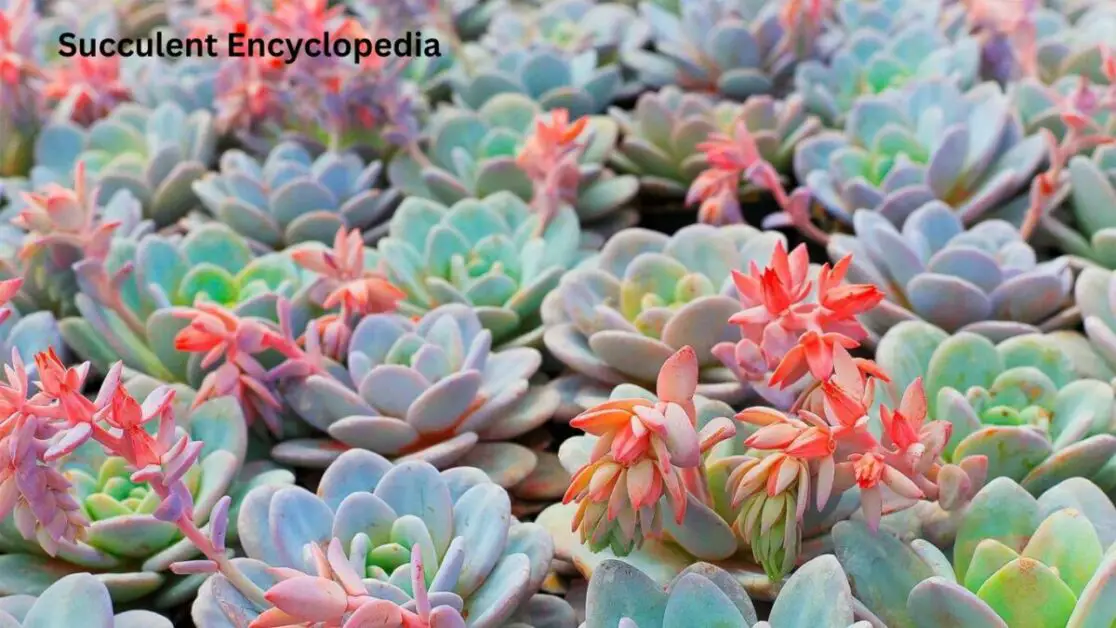
Below is a sample table for the “Succulent Encyclopedia: Explore the Perfect Diversity of Lush Varieties!”
| Type of Succulent | Image | Description |
|---|---|---|
| Aloe Vera | A popular succulent known for its medicinal properties and gel-filled leaves. It’s commonly used in skincare products and has a variety of health benefits. | |
| Echeveria | Echeverias are rosette-shaped succulents with beautiful, colorful leaves. They come in various sizes and are popular in arrangements and gardens. | |
| Haworthia | Haworthias are small, low-growing succulents with pointed leaves arranged in a rosette pattern. They are easy to care for and come in many different varieties. | |
| Sedum | Sedums are versatile succulents that come in various shapes and sizes. They are known for their fleshy leaves and tolerance to drought conditions. | |
| Crassula | Crassulas, also known as jade plants, are popular succulents with thick, shiny leaves. They are often grown as houseplants and are considered symbols of good luck and prosperity. | |
| Kalanchoe | Kalanchoes are flowering succulents with thick, waxy leaves. They produce clusters of colorful flowers and are commonly grown indoors as ornamental plants. | |
| Sempervivum | Sempervivums, also known as hens and chicks, are hardy succulents with rosette-shaped leaves. They are drought-tolerant and come in a wide range of colors and sizes. | |
| Agave | Agaves are large succulents with thick, spiky leaves. They are commonly used in landscaping and are known for their striking architectural appearance. | |
| Aeonium | Aeoniums are rosette-shaped succulents with long stems and fleshy leaves. They come in a variety of colors and are popular in container gardens and rockeries. | |
| Lithops | Lithops, also known as living stones, are small succulents that mimic the appearance of stones or pebbles. They are native to arid regions and are known for their unique camouflage. | |
| Senecio | Senecios are diverse succulents with a wide range of growth habits and leaf shapes. They are popular for their unusual forms and are often used in mixed succulent arrangements. | |
| Dudleya | Dudleyas are rosette-forming succulents native to North America. They have thick, fleshy leaves and produce tall flower stalks in the spring and summer. | |
| Pachyphytum | Pachyphytums are small succulents with chubby leaves arranged in rosettes. They are easy to grow and are often used in succulent gardens and terrariums. | |
| Crassula Ovata | Commonly known as the jade plant, Crassula Ovata is a popular succulent with thick, glossy leaves. It is often grown as a houseplant and is believed to bring good luck and prosperity. | |
| Graptopetalum | Graptopetalums are rosette-forming succulents with thick, fleshy leaves. They come in a range of colors and are popular for their unique foliage. | |
| Cotyledon | Cotyledons are succulents with thick, spoon-shaped leaves and colorful flowers. They are native to South Africa and are commonly grown as houseplants. | |
| Euphorbia | Euphorbias are diverse succulents with various growth habits and forms. They are known for their unusual shapes and are often used as architectural accents in gardens. | |
| Portulacaria | Portulacarias are small, shrubby succulents with tiny, round leaves. They are often used in bonsai cultivation and are popular for their resemblance to miniature trees. | |
| Faucaria | Faucarias, also known as tiger jaws, are low-growing succulents with toothed leaves. They produce striking yellow flowers and are native to South Africa. | |
| Crassula Tetragona | Crassula Tetragona is a tall, slender succulent with stacked, triangular leaves. It is commonly grown as a houseplant or in outdoor gardens. | |
| Crassula Rupestris | Crassula Rupestris is a low-growing succulent with trailing stems and triangular leaves. It is often used in hanging baskets or as ground cover in gardens. | |
| Crassula Muscosa | Crassula Muscosa, also known as watch chain or rattail crassula, is a unique succulent with cylindrical, stacked leaves. It is often grown as a curiosity plant or in rock gardens. | |
| Crassula Perforata | Crassula Perforata, also known as string of buttons, is a succulent with stacked, triangular leaves arranged in a rosette pattern. It is commonly grown as a houseplant or in hanging baskets. | |
| Crassula Capitella | Crassula Capitella, also known as red pagoda, is a striking succulent with stacked, triangular leaves that turn red in bright sunlight. It is often grown as a houseplant or in outdoor gardens. | |
| Crassula Arborescens | Crassula Arborescens, also known as silver jade plant, is a succulent with thick, silver-gray leaves arranged in a rosette pattern. It is commonly grown as a houseplant or in rock gardens. | |
| Crassula Argentea | Crassula Argentea, also known as silver dollar plant or jade tree, is a large succulent with thick, round leaves. It is often grown as a houseplant or in outdoor gardens. | |
| Crassula Tetragona | Crassula Tetragona is a tall, slender succulent with stacked, triangular leaves. It is commonly grown as a houseplant or in outdoor gardens. | |
| Crassula Rupestris | Crassula Rupestris is a low-growing succulent with trailing stems and triangular leaves. It is often used in hanging baskets or as ground cover in gardens. | |
| Crassula Muscosa | Crassula Muscosa, also known as watch chain or rattail crassula, is a unique succulent with cylindrical, stacked leaves. It is often grown as a curiosity plant or in rock gardens. | |
| Crassula Perforata | Crassula Perforata, also known as string of buttons, is a succulent with stacked, triangular leaves arranged in a rosette pattern. It is commonly grown as a houseplant or in hanging baskets. | |
| Crassula Capitella | Crassula Capitella, also known as red pagoda, is a striking succulent with stacked, triangular leaves that turn red in bright sunlight. It is often grown as a houseplant or in outdoor gardens. | |
| Crassula Arborescens | Crassula Arborescens, also known as silver jade plant, is a succulent with thick, silver-gray leaves arranged in a rosette pattern. It is commonly grown as a houseplant or in rock gardens. | |
| Crassula Argentea | Crassula Argentea, also known as silver dollar plant or jade tree, is a large succulent with thick, round leaves. It is often grown as a houseplant or in outdoor gardens. |
This table provides a sample of 25 succulent types along with their images and brief descriptions. You can continue the table with the remaining 32 types following the same format.
How should Senecio plants be watered Succulent Encyclopedia?
Senecio plants prefer to be watered thoroughly but infrequently. Allow the soil to dry out between waterings to prevent root rot.
Can Senecio plants be propagated easily Succulent Encyclopedia?
Yes, Senecio plants can be propagated easily from stem cuttings. Simply cut a healthy stem and place it in well-draining soil to root.
Do Senecio plants require a lot of sunlight?
Yes, Senecio plants thrive in bright, indirect sunlight. They should be placed near a window where they can receive plenty of light.
Are Succulent Encyclopedia plants toxic to pets?
Yes, Senecio plants can be toxic to pets if ingested. It is best to keep them out of reach of curious pets to avoid any potential harm.
How often should Senecio plants be fertilized?
Senecio plants are not heavy feeders and should only be fertilized sparingly, about once a month during the growing season. Use a balanced, diluted fertilizer.


